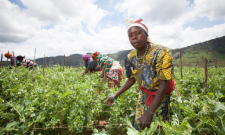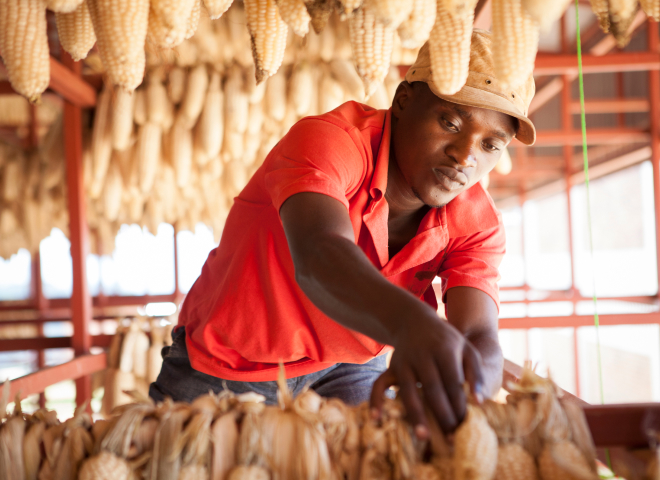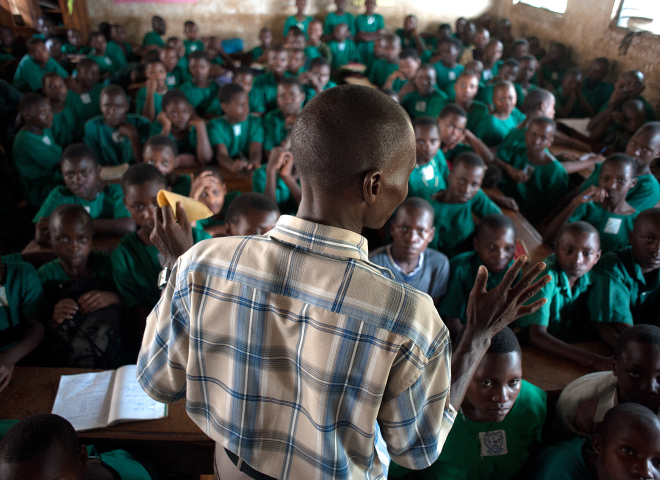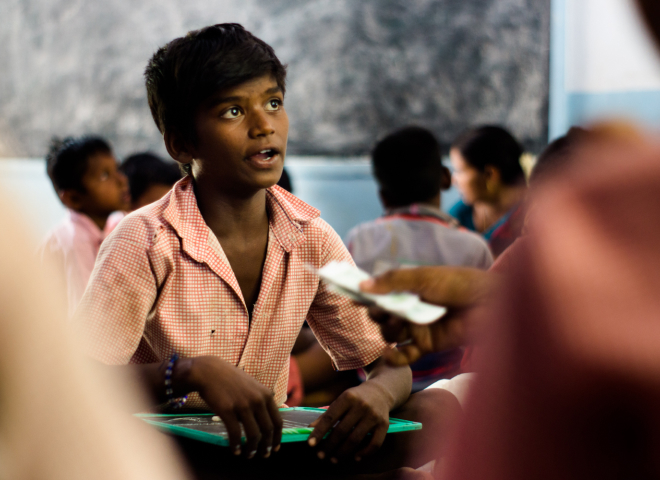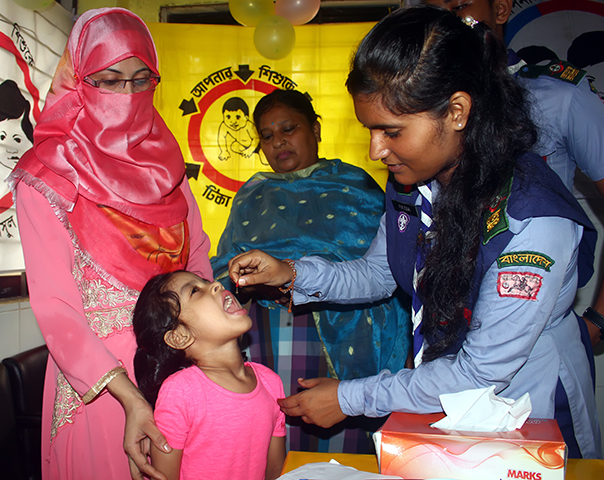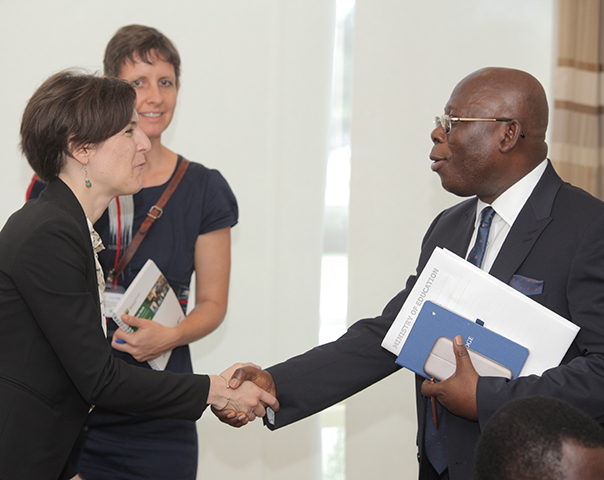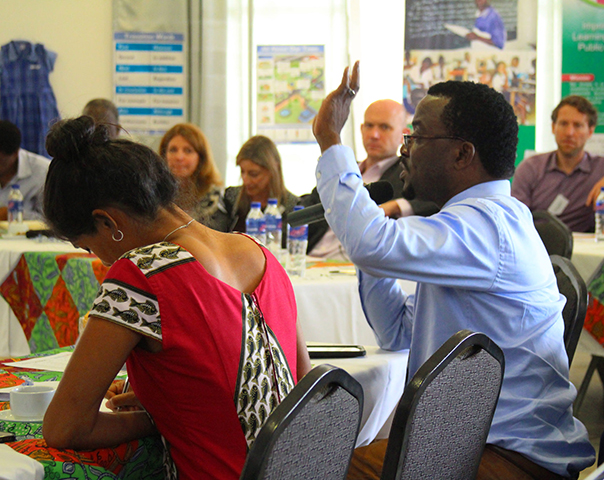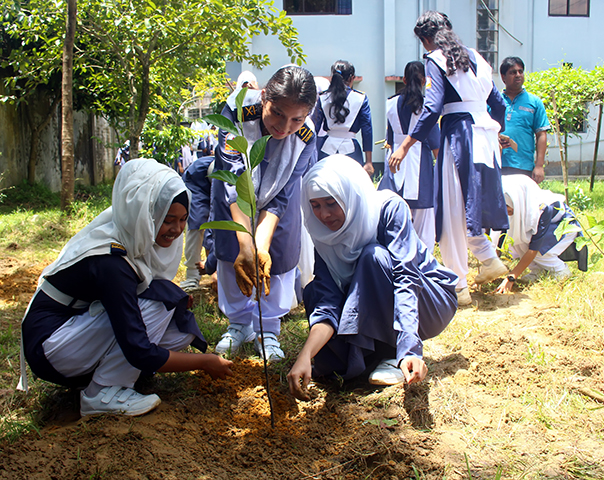Related Topics
Environment
IPA's evaluations on this topic have included research on land conservation, recycling, the reduction of plastic bag waste, and the use of cookstoves to reduce indoor air pollution and fuelwood use.
Food Security
IPA's research on food security evaluates questions aimed at increasing agricultural productivity through technology adoption, improved farming techniques, and access to food markets.
Technology Adoption
IPA's research in this area explores ways to increase the use of proven technologies in agriculture—from the use of fertilizers to using a hand-pump to irrigate crops, and more—and also investigates the barriers to technology use.



